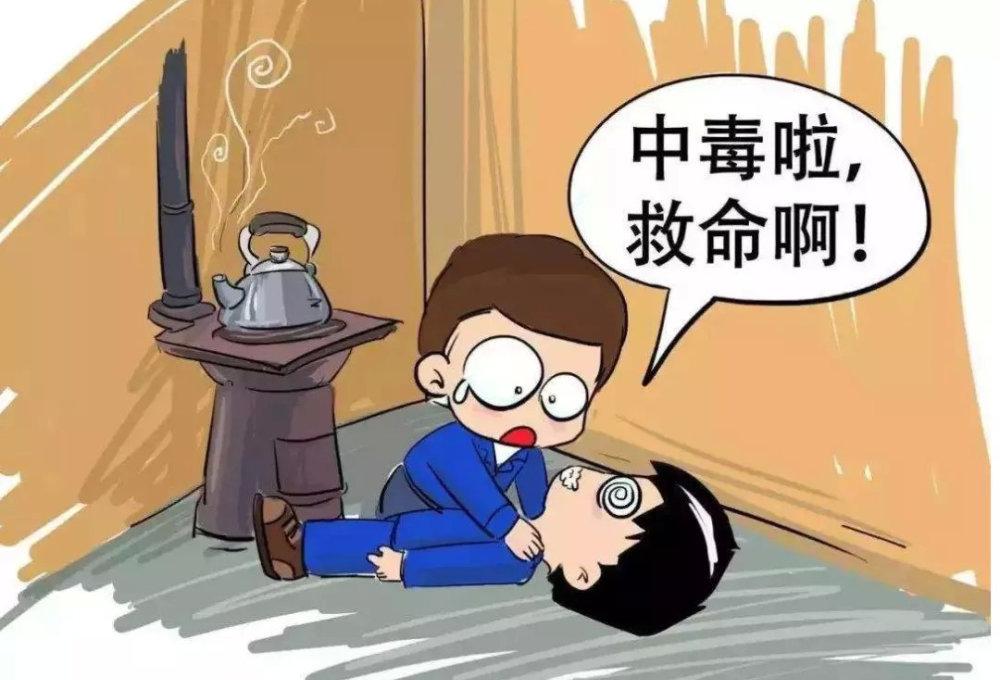
Gas poisoning, also known as carbon monoxide poisoning, is poisoning caused by inhalation through the respiratory tract when the product of carbonaceous substances is not burned completely. The poisoning mechanism is that the affinity of carbon monoxide and hemoglobin is 200-300 times higher than that of oxygen and hemoglobin, so carbon monoxide is very easy to bind to hemoglobin to form carboxyhemoglobin, so that hemoglobin loses the ability and role of oxygen carrying, resulting in tissue asphyxia. Gas poisoning has toxic effects on histiocytes throughout the body, especially on the cerebral cortex.
Patients often have cerebral edema, pulmonary edema, myocardial damage, arrhythmias, and respiratory depression, which can cause death. Blisters and redness may occur in the skin of the chest and extremities in some patients, mainly due to autonomic trophic disorders. Some patients with acute carbon monoxide poisoning will be comatose again after waking up from coma, after a 2-30-day period of false healing, and will appear demented wood zombie psychosis, tremor paralysis syndrome, sensorimotor disorders or peripheral neuropathy, also known as acute carbon monoxide poisoning late-onset encephalopathy. Long-term exposure to low concentrations of carbon monoxide may include headaches, dizziness, memory loss, inattention, palpitations, etc.
(Source: Yunnan Population and Health Publicity and Education Center)